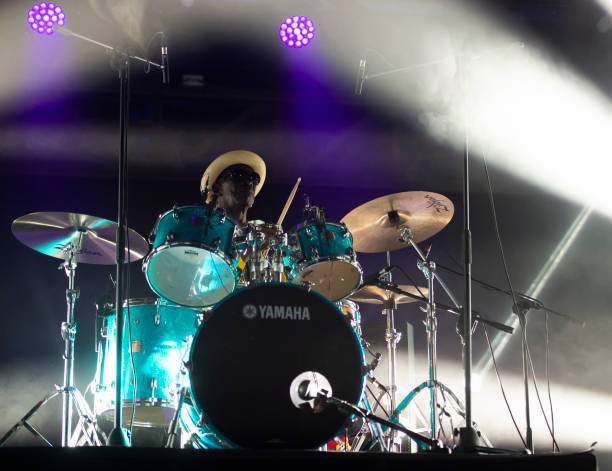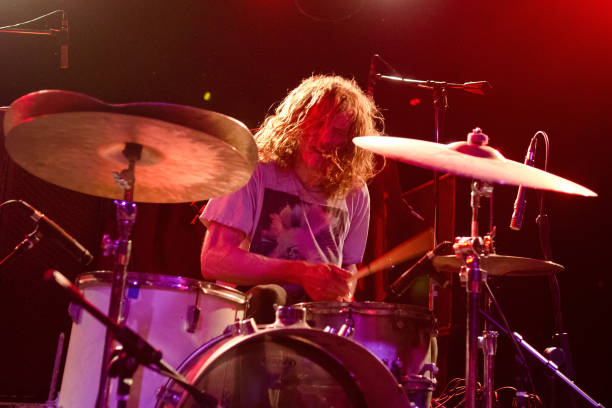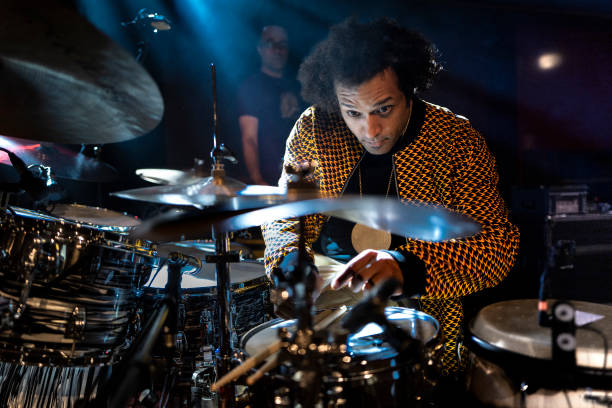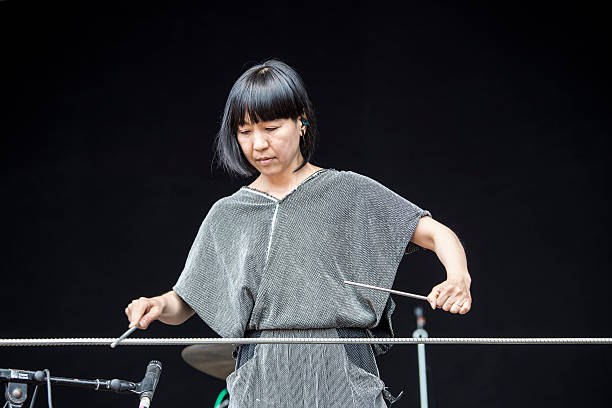Music, like language, evolves. But sometimes, it doesn’t just evolve; it jumps. It breaks. It reassembles itself in the hands of a rebel who refuses to follow tradition. Nowhere is that more visceral than behind a drum kit. While guitarists and vocalists often get the spotlight, some of the biggest shifts in genre were driven by experimental drummers who dared to hit the beat differently or not at all. So what happens when a drummer ignores the grid? What’s born when the rhythm isn’t just backing the melody but guiding it into uncharted terrain?
Let’s take a look at the experimental drummers who didn’t just keep time; they twisted it.
The Art of Disobedience: What Makes a Drummer Experimental?
There’s no single blueprint for an experimental drummer. Some abandon snares for junkyard scraps. Others switch time signatures mid-song without blinking. And a few simply refuse to play “behind the beat” or “in the pocket,” choosing instead to live in a place where rhythm is emotion, not structure. This isn’t just a technique. It’s about feel. It’s about pushing boundaries with conviction, even when the audience isn’t quite sure what they’re hearing. How do you know when a sound is wrong, or when it’s just ahead of its time?
Tony Allen: Afrobeat’s Rhythmic Architect
Before Fela Kuti fused jazz, funk, and traditional Nigerian music into Afrobeat, Tony Allen was always an experimental drummer with how rhythm could carry a message. He didn’t play for attention. He played for movement, literal and political. Allen merged jazz’s improvisational freedom with African pulse in ways no one had imagined before. His drumming wasn’t flashy. It was intricate in its subtlety, layering rhythms that felt like conversation instead of command. His grooves spawned a genre that now echoes globally. From indie rock bands in Brooklyn to electronic producers in Berlin, Allen’s fingerprints are everywhere.

Zach Hill: Chaos as Composition
Imagine a tornado given a drum kit. That’s Zach Hill, best known as one-half of the genre-defying duo Death Grips and previously as part of Hella. His style? Wild. Unrelenting. Often uncomfortable. He doesn’t just play the drums. He attacks them. But there’s purpose in the chaos. Underneath the fury is a musician who bends rhythm until it almost snaps yet never quite does. His sound has been described as a panic attack that somehow makes sense. Love it or hate it, you can’t ignore it. And isn’t that the point of breaking rules?

Sheila E: Percussion with a Pop Revolution
The ’80s pop landscape was electric, colorful, and dominated by synths, but then came Sheila E., blending Latin percussion with stadium rock, R&B, and funk. Her work with Prince introduced mainstream audiences to the raw energy of timbales and congas without making them feel exoticized. She was genre fluid before the term existed. The drum wasn’t a background instrument. It led the party. And while her technical chops earned respect, her presence changed the game: a woman, a percussionist, and a show-stealer. In an industry often obsessed with categorization, she danced right past it.

Makaya McCraven: The Beat Scientist of Today
If Tony Allen laid the roots of Afrobeat, Makaya McCraven has taken those roots and mixed them into lo-fi hip-hop, soul, and jazz tapestries that feel both vintage and futuristic. McCraven is a live drummer and a studio manipulator. He’ll record a jazz session, then remix it like a DJ, looping his own beats, chopping snares, and creating something that sounds entirely new. He calls it “organic beat music,” and it’s a fair description. He doesn’t just jam: he curates rhythm like a painter rearranging colors. And yet, it all begins with a human pulse, not a machine.

Yoshimi P-We: Drums Meet Dreamscapes
Japanese experimental artist Yoshimi P-We is known for many things, including her work with Boredoms, OOIOO, and even The Flaming Lips’ “Yoshimi Battles the Pink Robots,” but it’s her refusal to be pinned down that sets her apart. Her drumming feels like a fever dream. One moment tribal and primal, the next minimalist and meditative. She brings melody into percussion, often using her voice and electronics alongside drums to blur boundaries. Her rhythms don’t always build. Sometimes they drift. Sometimes they haunt. But they always feel personal, like you’re eavesdropping on something not meant to be shared and yet, there you are, caught inside it.

Why Do Some Drummers Change Everything While Others Just Play Along?
There’s technical skill, and then there’s something else. That thing you can’t quite name. Call it vision. Call it stubbornness. Or maybe it’s just the refusal to imitate. Why play a beat that’s been played a thousand times when you could create one that’s never existed? These drummers didn’t intend to start new genres. Experimental drummers weren’t thinking about legacy. They were simply restless. They felt rhythm differently and chased it wherever it led, even into confusion, rejection, or misunderstanding. And yet, from that discomfort came something unforgettable.
Conclusion: The Beat Goes Off-Grid
There’s a reason we remember the rebels. Because even when their rhythms were offbeat, off-kilter, or just plain strange, they resonated. Not just in our ears, but in our chests. These genre-defying experimental drummers and musicians reminded us that rules in music are, at best, suggestions. And sometimes, the best songs begin where tradition ends.
